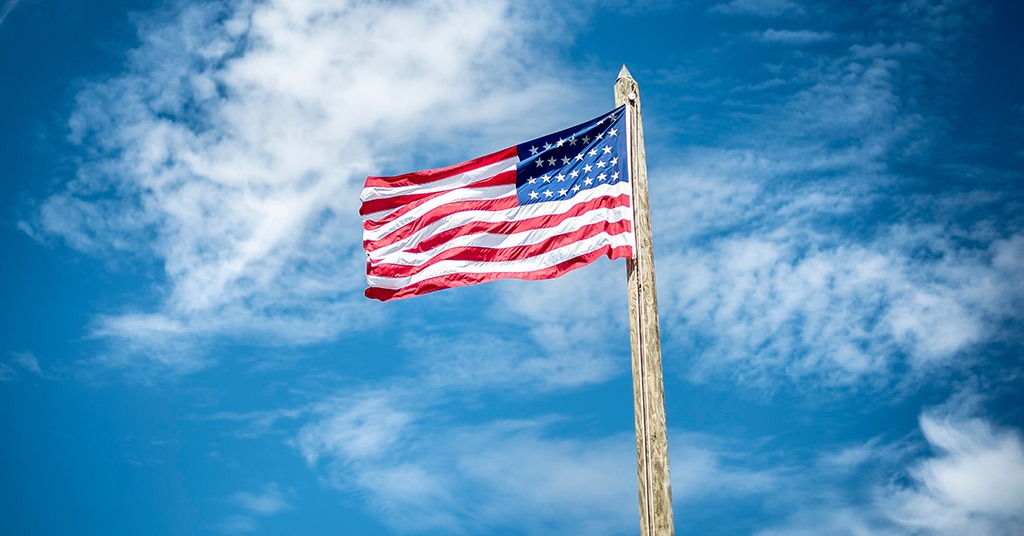The US government is going to send out stimulus checks again amid coronavirus

Stimulus checks in the US & how they may affect the economy. Source: stocksnap.io
Coronavirus, pandemic, panic, quarantine – sadly, these are the buzzwords of today. They’ve become such an integral part of any information discourse that people tend to forget what they used to chat about in the good old pre-COVID-19 days. However, authorities and communities all over the world are trying to minimize the negative impact of the deadly virus on both individuals and businesses. Namely, the US government has suggested sending out stimulus checks again.
What’s a stimulus check?
Ex-President Barack Obama proposed the economic stimulus package as the solution to the Great Recession problems. Congress approved it within the American Recovery and Reinvestment Act (ARRA) in 2009. The idea was not new. President George W. Bush had already resorted to the help of stimulus payments twice, in 2001 and 2008. The total payouts of ARRA in fiscal year 2009 made up almost $108 billion. Out of those, $32 billion went for Medicaid, $22 billion – for unemployment insurance, and $13 billion were one-time payments to Social Security recipients, aka stimulus checks.
In previous critical years, pretty much everyone who wasn’t a millionaire and filed a U.S. tax return received from $300 to $600 in such relief payments.
Stimulus checks sent to taxpayers by the U.S. government can quickly stimulate the economy by providing consumers with some spending money. In times of crisis, the consumption market hits stagnation since people lose money and confidence in the fiscal system. When taxpayers spend the money received as aid, they drive up revenues at retailers and manufacturers and, thus, spur on economic growth.
In the past, about two-thirds of the money was spent within the first six months of the checks going out, according to economic studies. That might have been less than expected, yet had the desired effect after all.
2020 Update
On March 19, 2020, the Congress of the USA gathered to draft a plan for the coronavirus recovery. Senate Majority Leader Mitch McConnell released a massive $1.8 trillion economic stimulus bill that presupposes direct cash payments to many Americans. The plan had the initial support of President Trump. However, the opposition criticized this bill noting that it ignored the needs of low-income households.
Under the GOP bill, American adults would receive $1200 each, and $500 per child. The first check was going to be sent out three weeks after passing the bill. If that wasn’t enough, in three more weeks the government would send taxpayers another check for the same amount. Traditionally, wealthier people earning over $75,000 monthly got less.

American adults would receive $1200 each, and $500 per child. Source: shutterstock.com
SMEs and the Federal Reserve are also getting their share of financial stimulus – $300 billion and $200 billion respectively.
Pros & Cons
Many experts believe that although the payouts won’t save the economy completely, they would make a nice start. Since the rate of unemployment is rising abruptly, a little aid calculated on the basis of the median weekly income can help families at least pay their household bills, buy essential groceries and sanitizers to survive the quarantine. Hopefully, people won’t spend all of it on toilet paper. 🙂
Nevertheless, limiting the payment amount for those without federal tax liability was a change from the original White House proposal that provoked the most fervent criticism. The senior United States Senator for New York, Charles Ellis Schumer argued on Wednesday that sending a few checks won’t suffice. His suggestion is to revise and additionally finance the unemployment insurance program, with the current average payment being only $375.
Therefore, a proposed plan to combat the impact of coronavirus did not get enough votes in the Senate procedural vote last Sunday evening. Democrats condemned the bill as it didn’t address the most vulnerable population segments who are currently losing jobs and won’t likely find one under the current pandemic circumstances. In addition, some fellow Republicans can’t vote, being on self-quarantine after Senator Rand Paul tested positive for COVID-19.
One must note that the pre-pandemic unemployment rate did not raise much concern. In February, it equaled 3,6%, which was one of the lowest unemployment rates in US history, according to the Bureau of Labor Statistics’ (BLS) household survey.
Amid cutbacks and shutdowns over the coronavirus crisis, the number of Americans filing new claims for unemployment benefits surged by 281,000 which is about a 30%-rise. An unexpected surge in newly laid-off workers is crashing national unemployment websites.
Сonsidering the unprecedented unemployment growth and the uncertainty of the likely duration of quarantine measures, the stimulus package bill apparently needs to be reviewed to better suit the needs of those losing their income in social isolation.
Democrats also want to reserve more money for hospitals and healthcare workers who have become the real heroes of the day. They believe that the proposed $500 billion stimulus allocated for big businesses doesn’t go in line with the best national interests. The Healthcare industry has become a priority during the coronavirus outbreak.
After the initial version failed to pass, President Trump expressed hope that lawmakers from the opposing parties would reach a deal as soon as possible considering the pressing nature of the issue at hand.
SEE ALSO:








